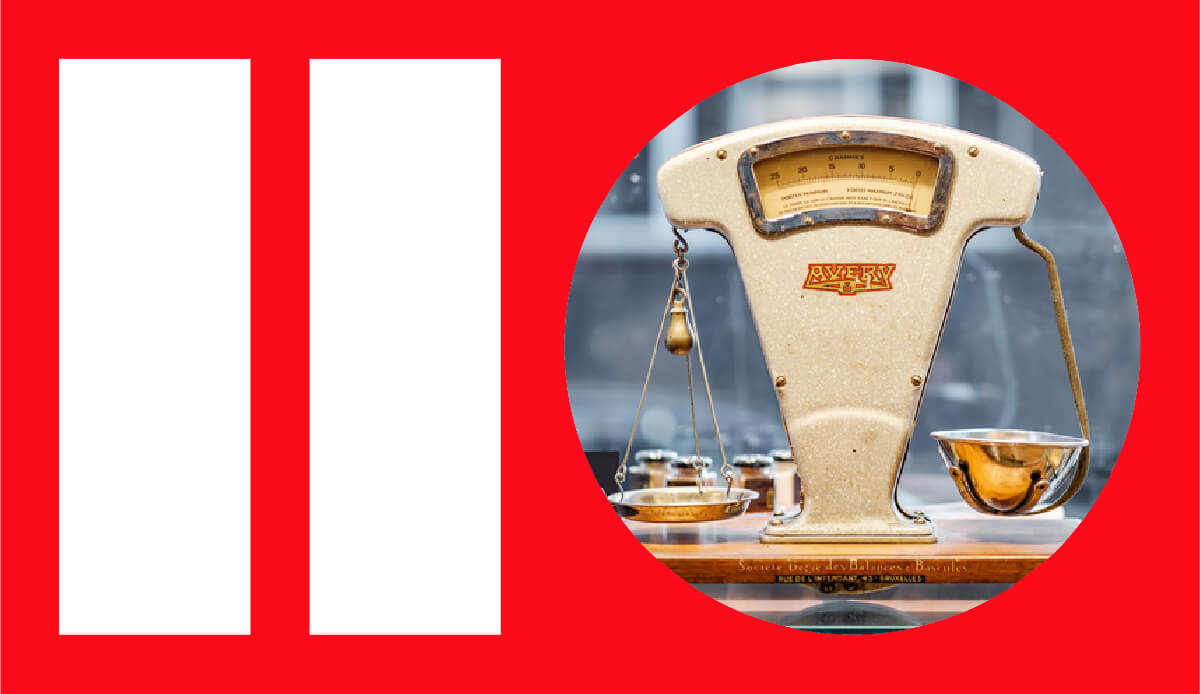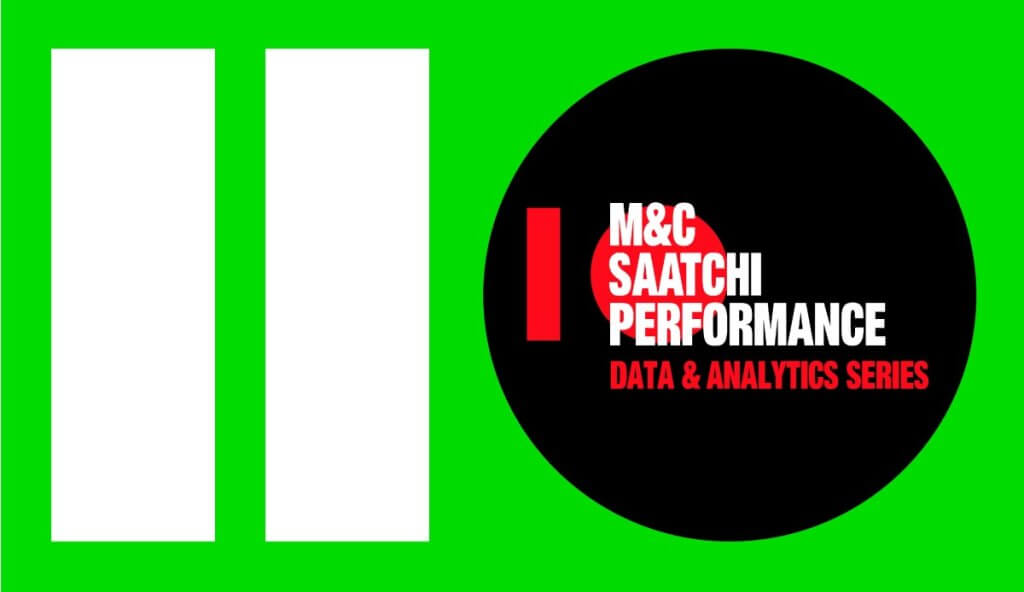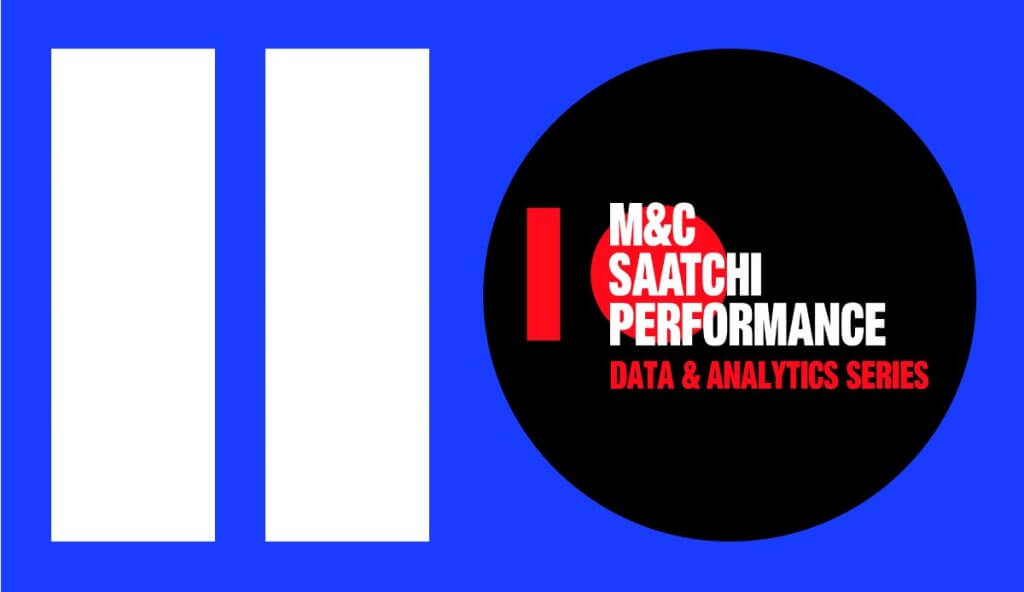Key Differences In Running Media Strategies For B2B & B2C Apps

If you want to reach the right audiences, your B2B and B2C media strategy and execution should vary. A ‘one-size-fits-all’ approach will not get you the results you need.
This blog will delve into the distinctive characteristics that set B2B and B2C media strategies apart—from ideal KPIs to campaign objectives that shape these approaches. Let’s begin!
Key Considerations While Running Media Strategies for B2B & B2C Apps
Marketers need a custom approach in their media strategies for both B2B and B2C contexts, keeping a bird-eye view of key nuances while solving for the two business models. Let’s explore the main distinctions between these two strategies:
| B2B Apps | B2C Apps | |
| 1. Audience | Targeted at businesses and professionals | Targeted at individual consumers |
| 2. Decision-making Process | Longer, involving multiple stakeholders and careful evaluation of ROI and business value | Shorter, based on individual preferences, emotions, and immediate needs |
| 3. Messaging | Emphasises practical benefits, ROI, efficiency, and business value | Appeals to emotions, desires, lifestyle, and personal satisfaction |
| 4. Content Types | In-depth whitepapers, case studies, expert guides, thought leadership content, and data-driven insights | Engaging visuals, videos, user-generated content, reviews, testimonials, and interactive experiences |
| 5. Metrics and KPIs | Lead generation, conversion rates, customer acquisition costs, customer lifetime value, and customer satisfaction | Conversion rates, click-through rates, social media engagement, app downloads, customer retention, and brand sentiment |
| 6. Relationship Building | Focuses on building long-term relationships, networking, and personalised communication with key decision-makers | Emphasises brand loyalty, customer support, personalised experiences, and creating emotional connections |
| 7. Timing and Seasonality | Longer sales cycles, less influenced by seasonality | Influenced by trends, holidays, and seasonal buying patterns |
| 8. Budget Allocation | Low to high budgets depending on the scale of operations, targeted towards niche audiences on specific channels | Broader audience reach, larger advertising budgets, and diverse marketing channels |
| 9. Partnerships and Collaborations | Focuses on strategic partnerships, industry collaborations, and joint marketing initiatives | Collaborates with influencers, brand ambassadors, and complementary brands for co-marketing activities |
Which Channels and Placements to Leverage for B2B or B2C?
Determining the most effective channels and placements for B2B and B2C marketing campaigns depends on the target audience, objectives, and the nature of the product or service being promoted.
Common B2B Channels
#1 Search Engine Advertising
You can boost your B2B brand’s visibility with Search Engine Advertising. The central idea is to place targeted ads on search engines such as Google and reach potential clients actively searching for your products/services. Research relevant keywords and create compelling ad copy to increase click-through rates.
#2 LinkedIn Advertising
If you want to reach decision-makers and professionals in your industry, consider using LinkedIn Advertising. You can make use of useful features such as sponsored content, sponsored InMail, and display ads to connect with a highly-targeted B2B audience.
#3 Commerce Media
You can also drive sales and awareness for your B2B brand by leveraging Commerce Media, which is estimated to be a $1.3 trillion business strategy according to McKinsey.
You collaborate with an e-commerce platform to showcase your products to a relevant audience. Focus on optimising your product listings with high-quality images and create clear descriptions to convert potential buyers.
#4 Programmatic Advertising
Programmatic advertising is all about optimising your B2B ad campaigns by leveraging the power of AI. It is done by real-time bidding to display ads across various websites and platforms.
Programmatic advertising allows you to smartly leverage data analytics, like your audience’s behaviour and interests, to continuously refine and improve your targeting strategies. You can also experiment with a variety of ad formats like audio, video, display, native and more.
Popular B2C Channels
#1 Social Media Platforms
Moving to B2C app marketing, there are many options to choose from. You can utilise popular social media platforms like Facebook, Instagram, Twitter, and TikTok to engage with your target consumers. B2C brands must consider leveraging influencer collaborations and creating visually appealing content to generate brand awareness and drive conversions.
#2 Online Advertising
Invest in display ads, search engine marketing (SEM), or programmatic advertising to reach a wider consumer base. You can utilise platforms like Paid Search and Paid Social ad networks to promote your products or services effectively.
#3 Mobile Apps
You can also consider advertising within popular mobile apps that align with your target audience and product category. In-app advertisements, sponsorships, or partnerships can help you reach and engage with consumers who spend significant time on mobile devices.
#4 Influencer Marketing
You can also collaborate with relevant influencers in your industry or niche to promote your B2C app. Remember that influencers can help create authentic and engaging content that resonates with your followers, driving awareness and influencing purchasing decisions.
#5 Viral Marketing
Leverage the power of viral marketing by creating shareable content, contests, or challenges that can quickly spread across social media platforms. Encourage user-generated content and tap into the potential of word-of-mouth marketing.
KEY TAKEAWAYS
Marketers need to optimise their media plans and effectively reach their target audience keeping the following points in mind:
- Tailored Approach: Running media strategies for B2B and B2C apps requires a tailored approach, as a broad and generic strategy won’t yield meaningful results.
- Nuanced Audiences: B2B apps target businesses and professionals, while B2C apps target individual consumers. Understanding your audience is crucial for effective messaging and channel selection.
- Decision-Making Process: B2B decisions involve multiple stakeholders and careful evaluation of ROI and business value, while B2C decisions are based on individual preferences, emotions, and immediate needs.
- Messaging and Content: B2B messaging emphasises practical benefits, efficiency, and business value, whereas B2C messaging appeals to emotions, desires, lifestyles, and personal satisfaction. Content types also differ, with B2B focusing on in-depth whitepapers and thought leadership, while B2C utilises visuals, user-generated content, and interactive experiences.
- Channels and Placements: B2B strategies leverage LinkedIn, industry publications, webinars, events, and targeted email campaigns. B2C strategies utilise social media platforms, online advertising, mobile apps, influencer marketing, and viral marketing.
WORKING WITH M&C SAATCHI PERFORMANCE
At M+C Saatchi Performance, we have been marketing apps since 2006 . Our expertise lies in developing innovative strategies for leading mobile apps. With a strong network of trusted partners, we continually evaluate their services to ensure the best outcomes for our clients.
By considering your app’s current brand awareness, we create a full-funnel app marketing strategy tailored to your needs. Reach out to us to know more about our app marketing services.

